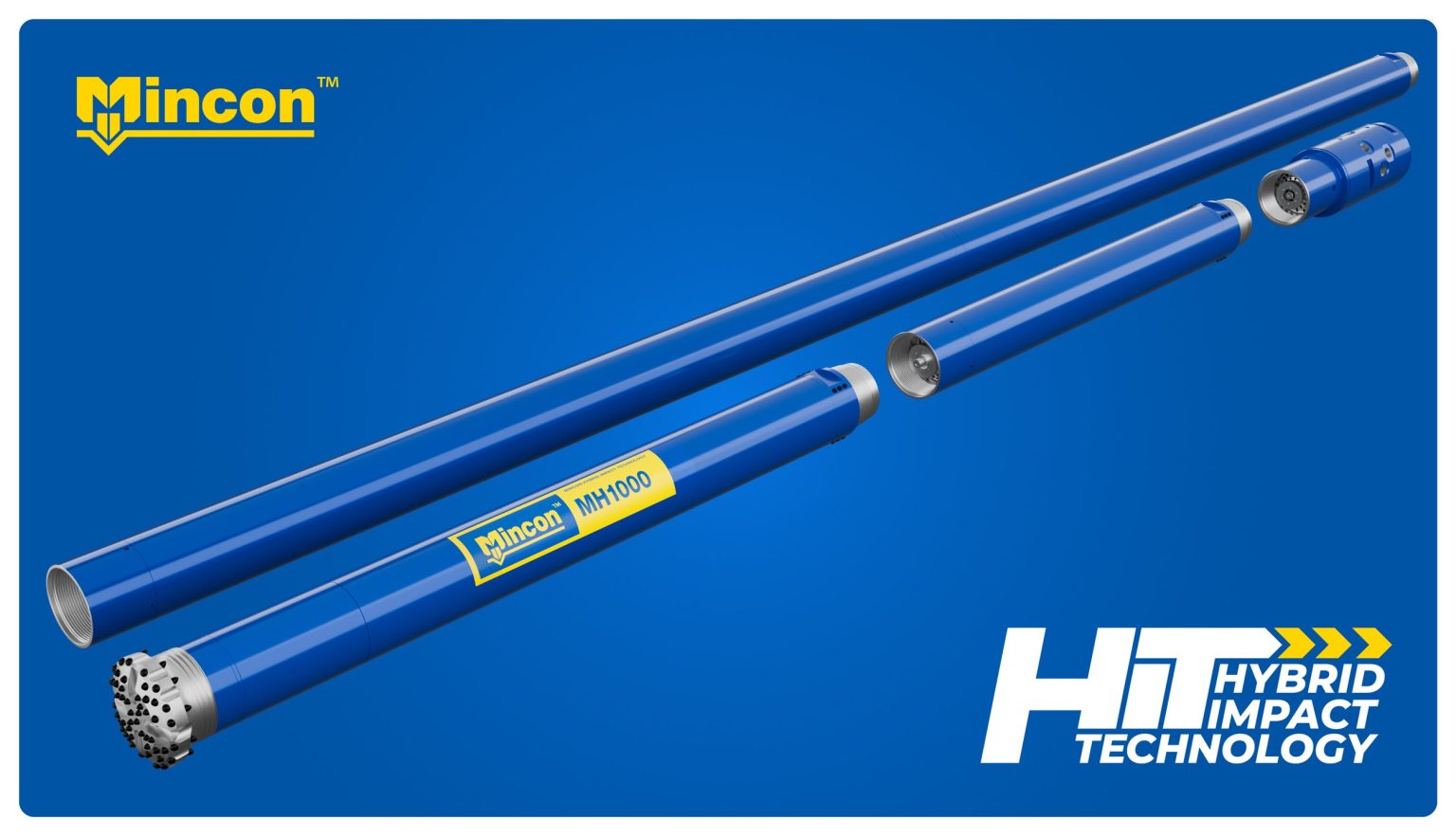In a significant technological breakthrough for open-pit mining operations, Mincon has unveiled its innovative Hybrid Impact Technology (HIT), designed to power the world’s first production hydraulic down-the-hole (DTH) hammers specifically for large-diameter blasthole drilling.
Announced from Shannon, Ireland, on September 11, 2025, this new technology represents a fundamental shift in drilling methodology, promising substantial improvements in performance compared to conventional rotary
...
In a significant technological breakthrough for open-pit mining operations, Mincon has unveiled its innovative Hybrid Impact Technology (HIT), designed to power the world’s first production hydraulic down-the-hole (DTH) hammers specifically for large-diameter blasthole drilling.
Announced from Shannon, Ireland, on September 11, 2025, this new technology represents a fundamental shift in drilling methodology, promising substantial improvements in performance compared to conventional rotary solutions, with corresponding reductions in fuel consumption and overall drilling costs.
Traditional large-diameter blasthole drilling has long relied on either rotary tools or pneumatic DTH systems, both of which suffer from significant energy inefficiencies, particularly when higher penetration rates are required. Mincon’s HIT system addresses these limitations by replacing compressed air with hydraulic energy, creating a more direct power transfer to the drill bit with minimized energy loss.
The technology is the result of extensive research and development efforts dating back to 2013, building upon Mincon’s established expertise in high-efficiency air-powered rock drilling solutions across mining, construction, and renewable energy sectors. This patented hydraulic DTH technology has undergone rigorous field testing in diverse and demanding conditions, from Australian mines to Arizona copper operations.
Performance testing at an Arizona copper mine demonstrated the system’s capabilities when fitted to an adapted Epiroc PV271 drill rig, drilling 10⅝” (270 mm) holes. The HIT-powered system showed marked increases in drilling speed while simultaneously reducing fuel consumption per foot drilled compared to the mine’s existing rotary drilling methods. These improvements translated to significantly lower total drilling costs and reduced carbon emissions, supporting mining companies’ decarbonization objectives without sacrificing production targets.
The technology has been specifically engineered for single-pass production mining applications using Epiroc Pit Viper technology. By delivering more meters drilled per rig with less fuel consumption, mines can potentially achieve required output levels with fewer rigs and operators. This efficiency gain not only lowers on-site emissions but also reduces capital requirements while maintaining or improving productivity.
To bring this innovation to market at scale, Mincon has established a three-year exclusive collaboration with Epiroc, a leading manufacturer of mining equipment. The partnership will focus on integrating the Hybrid Impact Technology into Epiroc’s rotary blasthole drill rigs. Combining Mincon’s hydraulic DTH expertise with Epiroc’s industry-leading single-pass drill rigs aims to make this technology accessible for everyday production across global mining sites.
Joe Purcell, CEO of Mincon Group plc, highlighted the strategic importance of the technology: “HIT has been designed to deliver a step change in drilling performance for the mining industry. The long-term future demand for mined minerals, along with global decarbonization goals, will require systems that offer much higher productivity while lowering carbon emissions.”
Martin Hjerpe, President of Epiroc’s Tools Division, expressed enthusiasm about the collaboration: “Epiroc is excited to embark on this long-term collaboration journey with Mincon and combine our advanced drilling technologies to raise the efficiency and performance in the large blasthole drilling activities of our customers and set a new standard in the industry.”
The timing of this technological advancement is particularly significant as mining companies worldwide face increasing pressure to improve operational efficiency while simultaneously reducing their environmental footprint. With growing demand for minerals essential to the green energy transition, innovations like HIT that enhance productivity while reducing emissions will likely play a crucial role in the industry’s sustainable development.
Industry analysts suggest that technologies offering dual benefits of improved performance and reduced environmental impact will become increasingly valuable as mining companies navigate stricter regulatory environments and heightened stakeholder expectations regarding sustainability commitments.


